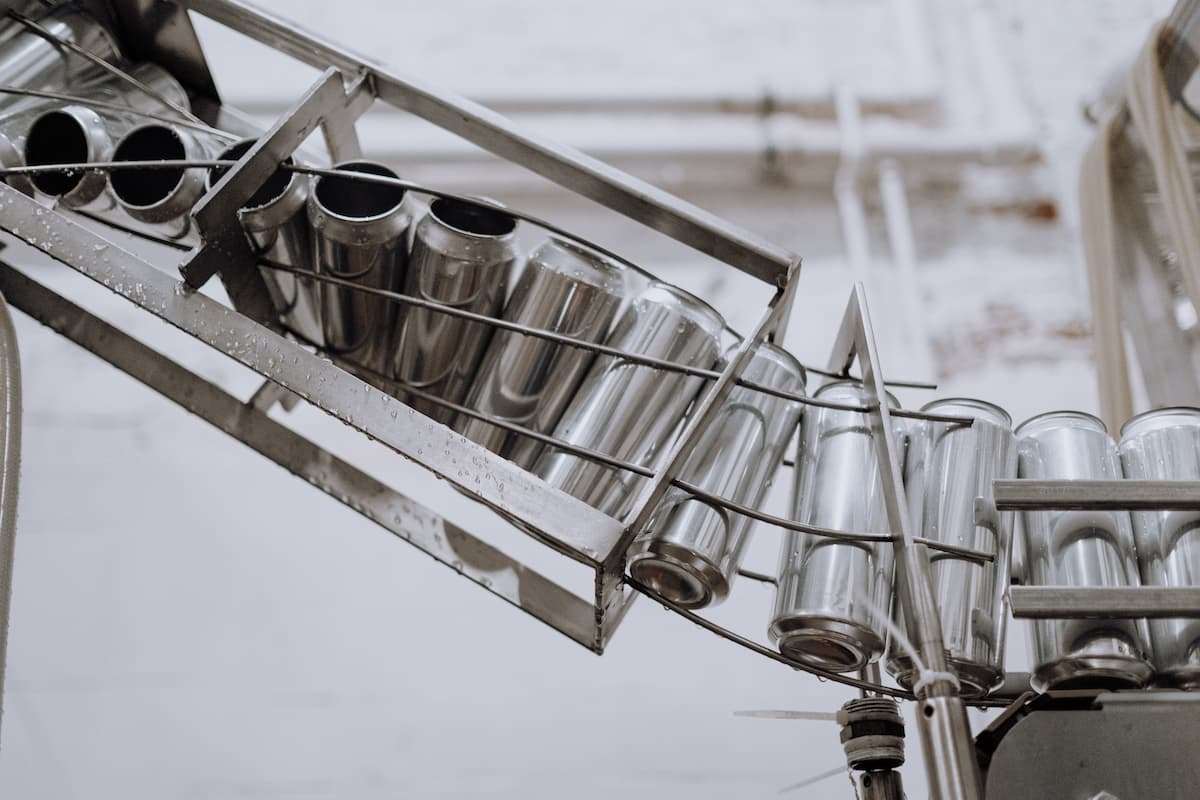Unit Cost Definition, Formula & Examples Lesson

Monitoring the cost per unit over time can help businesses evaluate their efficiency levels. This analysis is essential in identifying where cost savings can occur and monitoring the impact of efficiency improvements in business operations. That’s why it’s critical for brands to know how much it costs to produce a single unit of a product but also why it’s important to track cost per unit and how it impacts their bottom lines. If the total fixed cost is $10 million and the variable cost is $8 million; the total will be $18 million ($10 million + $8 million).
- It can help cut down labor costs, space requirements, warehousing expenses, and the need for special equipment.
- A high cost per unit means that your product pricing must be higher to accommodate desired company profits.
- For example, if a brand can produce a pair of ice skates for $20 and wants a profit margin of 20%, they it would need to sell each pair of ice skates for at least $24.
- This cost per unit indicates that any car sold above $1200 will be a profitable deal.
- For example, an in-house employee will expect benefits like paid time off, workspaces, and equipment.
This is determined by adding fixed costs with variable costs for production or service delivery. It is usually simpler to calculate the cost of total production per run or period of time and then divide the amount by the number of units produced. The unit cost is the amount of money it takes to produce one unit of an item. Mathematically, it is the total cost to produce a product divided by the number of units produced.
Approaches to Calculating Cost Per Unit
We use price per unit so that customers can easily calculate and decide how much quantity of a product they want to purchase. This also allows for an easy calculation for sellers to include production costs or delivery costs, for example, all in one sales price. In this article, I am sharing a free template to calculate the cost per unit of a product in Excel. Also, here you have found a brief idea about what is the cost per unit, fixed cost, and variable costs. Please, drop comments, suggestions, or queries if you have any in the comment section below. You may find yourself in a situation where you determine your production costs are more than you desire.
- You can also analyze your supplier’s cost breakdown to understand the components and find areas where you can reduce costs.
- We can create ShipBob WROs directly in Inventory Planner and have the inventory levels be reflected in our local shipping warehouse and ShipBob immediately.
- Leverage Upper’s advanced routing algorithms to create the most efficient routes and save big on delivery costs.
- In February 2022, the variable cost incurred was $3,000, which includes raw materials, electricity, and labour.
- This way, you can price your goods competitively, and still secure decent sales margins.
- While you can always try to get customers to spend more (or you can charge them more money), the root cause of low margins is often high costs for the business.
For example, if a company rents a warehouse, rent doesn’t go up or down if they produce 100 pairs of ice skates or 1,000. Cost per unit is a fundamental logistics KPI used in accounting and managerial economics that refers to the average cost incurred for each unit of product manufactured or service delivered. It is a crucial measure for businesses to determine their profitability and analytical capabilities. Informed businesses know how to calculate the cost per unit for each product or service offered to make informed pricing and marketing decisions. If there is a reduction in the volume of units produced, total variable costs will reduce but the fixed cost per unit increases as the denominator decreases.
How to calculate cost per unit?
The number of units sold within a specific period of time can also impact these costs. Examples are production costs, customer acquisition, packaging, and shipping costs. Total fixed costs remain the same, no matter how many units are produced in a time period. Product costs include direct materials, direct labor, and overhead expenses. These costs are capitalized as inventory and become part of the cost of goods sold when the product is sold.
- The number of units sold within a specific period of time can also impact these costs.
- Fixed costs are the expenses that remain constant regardless of the level of production or sales volume.
- Cost per unit makes a relationship between various types of costs and profits so you can take decisions easily on what to do to make a profit.
- Therefore, adjusting your CPU calculations for seasonality and fluctuations in production costs that may differ throughout the year is recommended.
- Value is what you get.” This quote holds true in the context of cost-per-unit analysis and reiterates the importance of a fine balance between production costs and market value.
- Let’s say Company A had a production line that was down for a period of time so it only produced half of the number of units in July as it did in June.
Businesses with complex cost structures and multiple factors influencing costs use this approach of activity-based costing (ABC). It links the costs directly to the activities or operations that drive them and helps evaluate resource consumption. For instance, a hospital or healthcare facility can allocate costs how to calculate cost per unit to activities related to patient care, diagnostic services, surgeries, and administrative costs. Mapping out your end-to-end product or service delivery process is essential. Following that, you can conduct a thorough analysis of bottlenecks, redundancies, and areas where you find resources underutilized.
Lower your overhead costs
Unit cost can also be known as the cost of goods sold, average cost, or cost per unit. Businesses use unit costs to see how efficient their product production is. Calculating unit costs is also important in business accounting to organize financial statements and accurately report taxes. Companies can also use unit costs to strategize pricing to produce profits.
Fixed costs, such as warehousing and the use of production equipment, may be managed through long-term rental agreements. Businesses with high fixed costs generally operate differently than those with high variable costs. AccountingTools states that the cost per unit should decrease as unit production increases. This is because the fixed costs of production are being distributed across more units, which also means that the cost per unit will vary based on those factors. Fixed costs are the expenses that remain constant regardless of the level of production or sales volume. Rent, insurance, salaries, and interest payments are examples of fixed costs.

